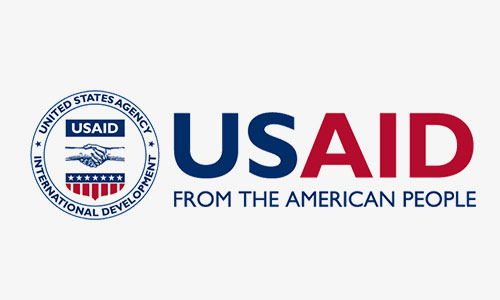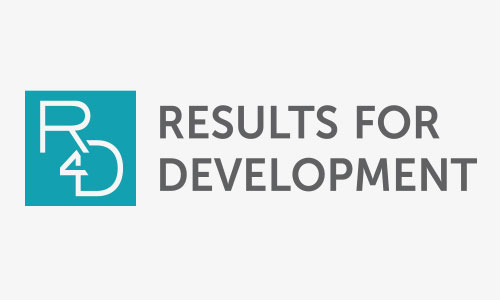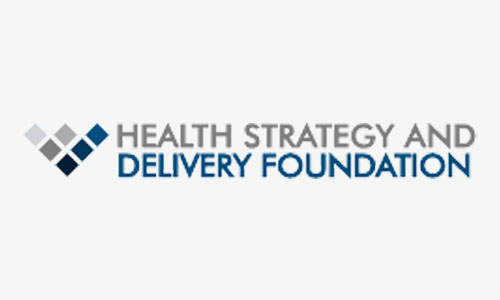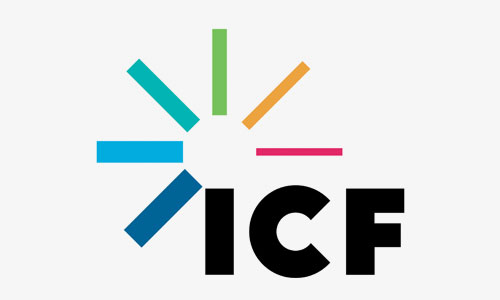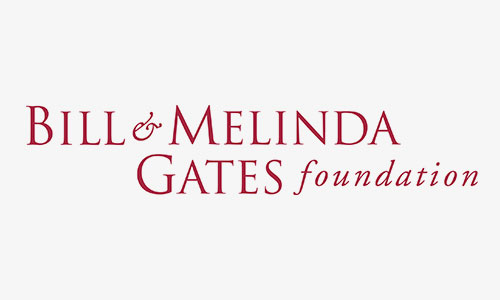Authors: Dr. Camilla Ducker and Prof. Raquel Duarte
The global COVID-19 pandemic has now claimed three million lives worldwide. This is an astronomical figure, enabling us to grasp, even if we have all been confined to our local areas over the last few months, the all-encompassing and omnipresent nature of this health emergency in all our lives and communities.
The global pandemic has also led to – and emphasized the need for – a global response. Worldwide, research teams and trials have mobilized like never before to work on potential cures and, crucially, vaccines to protect against infection and illness related to the Sars-CoV-2 virus.
The world finds itself now in a position where many different vaccines have been developed and tested, hundreds of millions of vaccine doses delivered and hundreds of millions more produced, awaiting deployment, barely a year after the WHO first declared pandemic status.
This is a phenomenal human achievement.
Less phenomenal is how we have set about distributing the vaccines the world now has at its disposal. Despite the efforts of WHO and the COVAX facility, so-called ‘vaccine nationalism’ is a real threat to the underlying principle whereby no one is safe until everyone is vaccinated.
Misinformation is also a real and ongoing threat and has a substantial impact on the rollout of vaccines. Questions of safety and side-effects are being bandied around social media, contributing to a climate of suspicion and risking uptake of the vaccine’s stocks currently available. Low uptake risks prolong the pandemic’s life and further contribute to the truly awful global death toll.
In April 2021, representatives from Bahrain, Bangladesh, and Kenya spoke on a panel moderated by Professor Samba Sow about vaccine rollouts in their respective countries and their countries’ challenges.
Their concerns centered on the need to coordinate the procurement, stocking, and distribution of vaccines. This goes hand in hand, of course, with the need for national strategies for effective and equitable distribution of vaccine stocks.
Robust and equitable processes for distributing vaccine stocks are perhaps the best way to counter vaccine hesitancy. Good planning and clear justification for plans enable people to see the ripple-out benefits of vaccination – protecting the most vulnerable in society, in the first place, followed by the rest of the population. From there, it is possible to envisage a dramatic reduction of the devastating effects of Covid-19 as public health and social emergency.
This is easier said than done, of course, and there is a clear need for improved early response systems to ensure that solutions are tailored to the context of an individual country. Advocacy and equity are also crucial considerations – this means clear, precise and straightforward messages about vaccines and the benefits of vaccination.
There are reasons to be hopeful. The coordinated response we have seen to the COVID-19 crisis, and the development of vaccines is – and must be – applicable to the next stage, vaccine deployment. The mobilization of a global community of researchers, scientists and trial coordinators shows what can be achieved when we work together across political borders.
In our opinion, this is equally true when it comes to strengthening historically weak national health systems. There will be no greater protection against future epidemics, particularly in countries that have suffered general ill-health over many decades, than widespread improvements and investments in underlying, everyday health systems.
Once again, the Covid principle – that nobody is protected until we are all protected – applies.
As a group, we will do all we can to advocate for these principles – and their practical application – in our countries and encourage other representatives, governments, and health workers to take up these ideas. When we work together, we can ensure better health for populations and communities the world over.
